

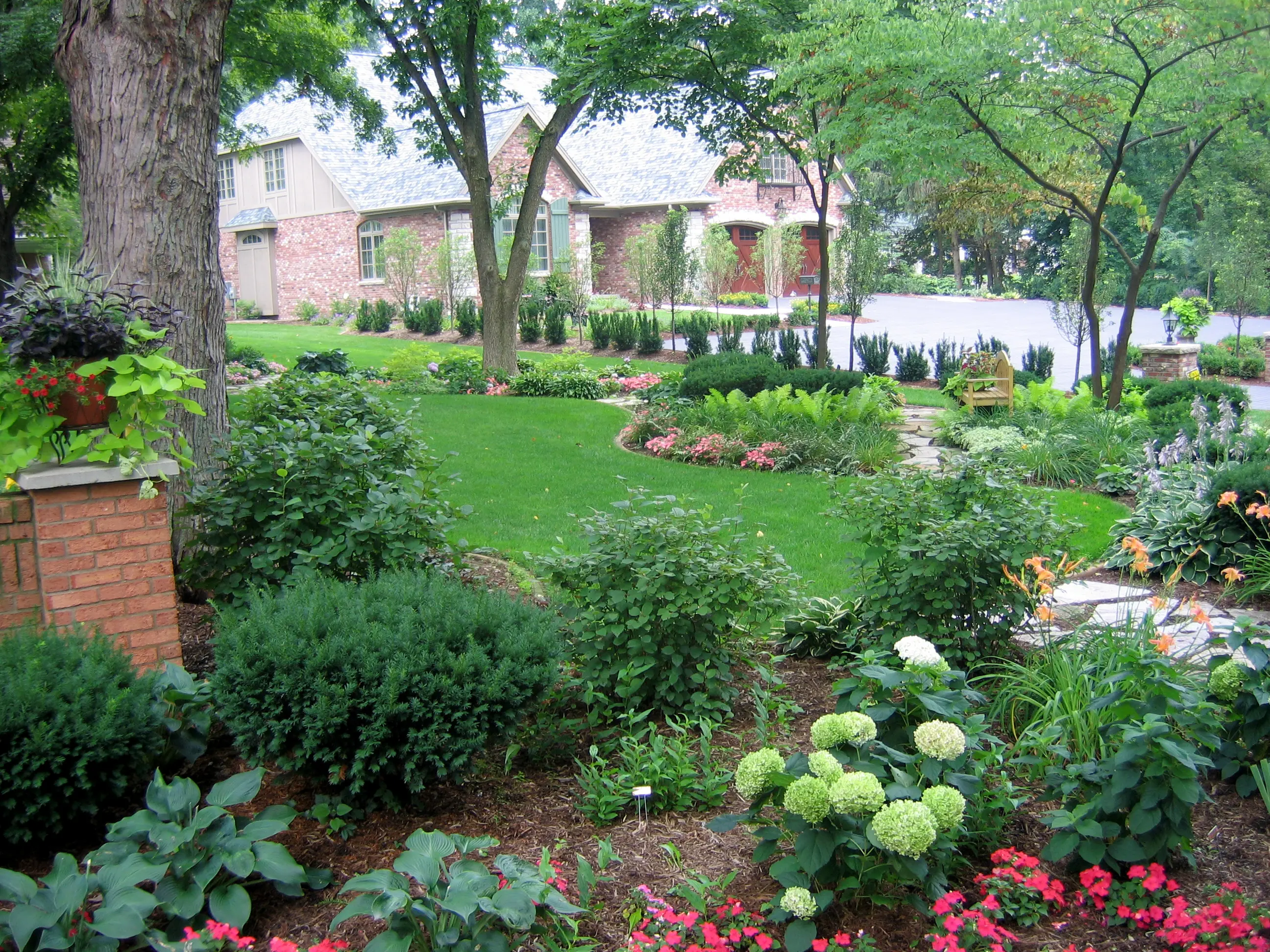
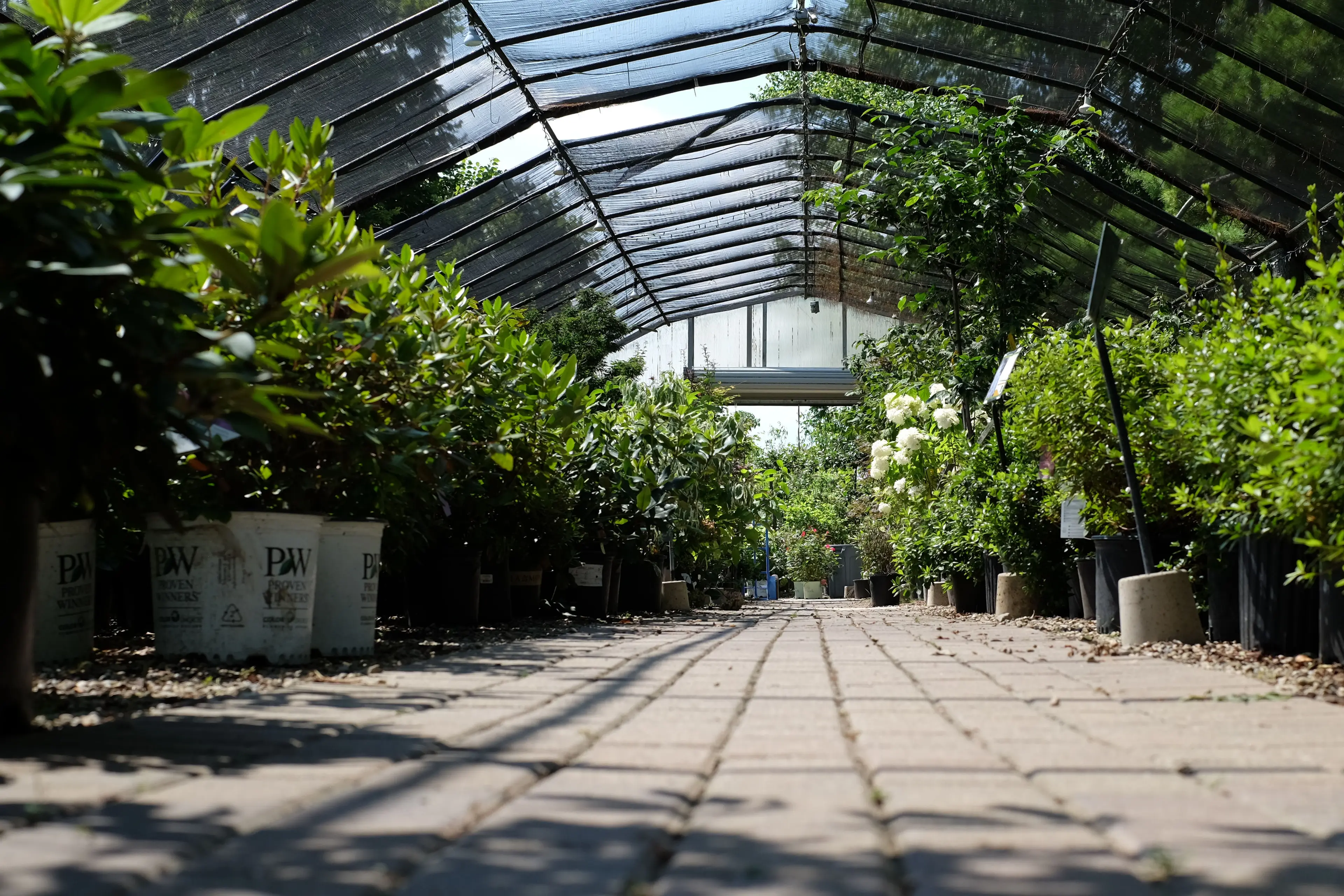
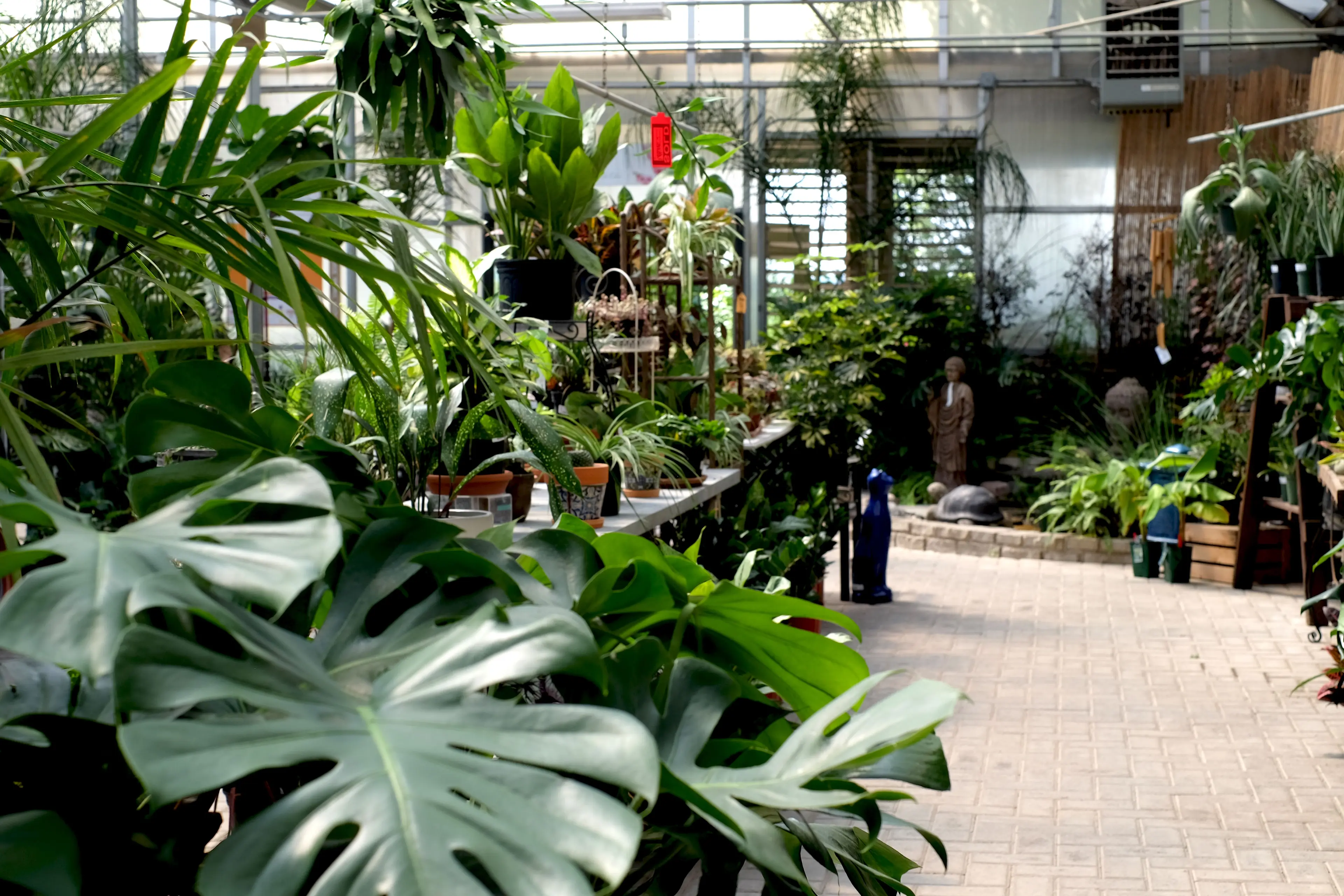

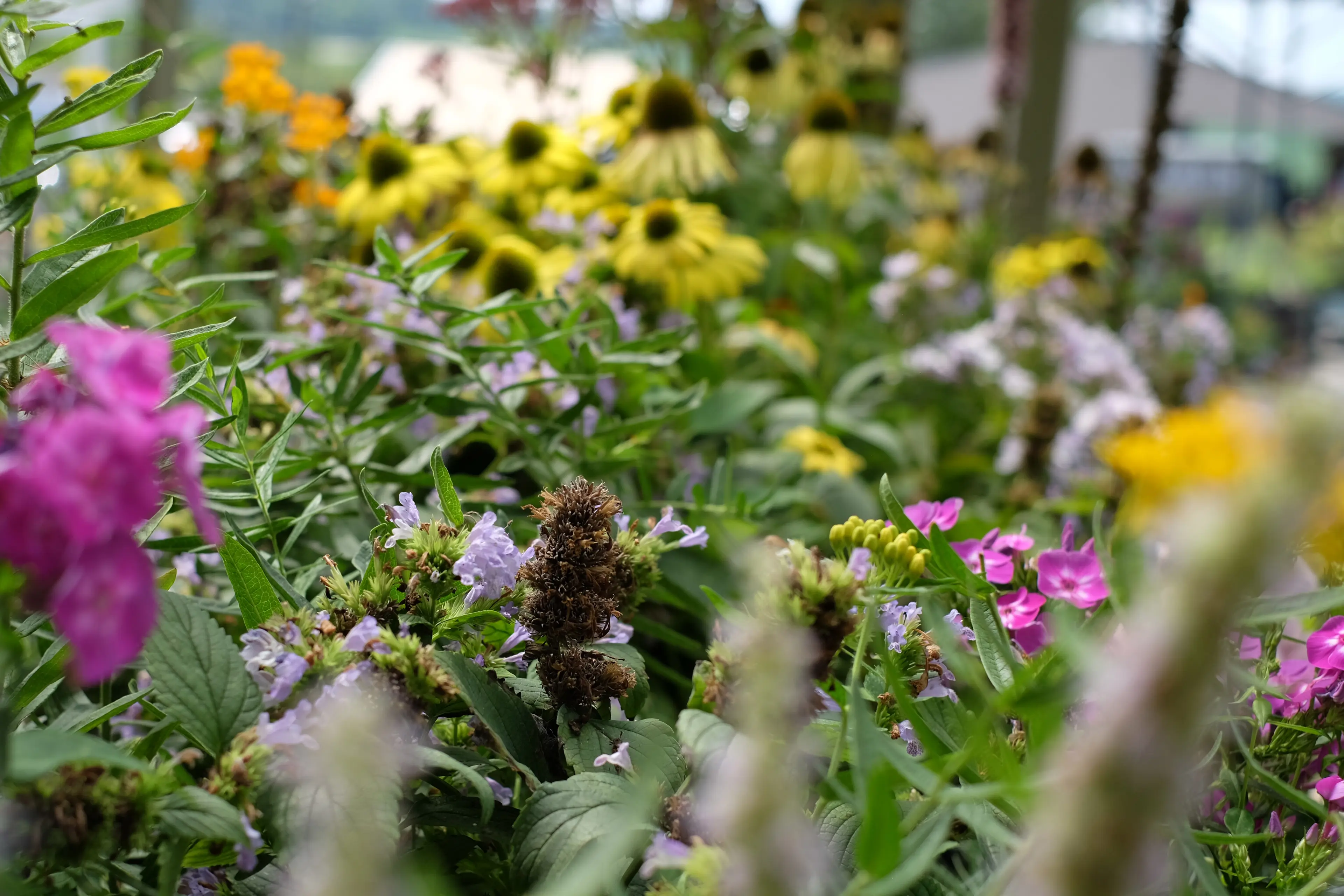

Maintenance
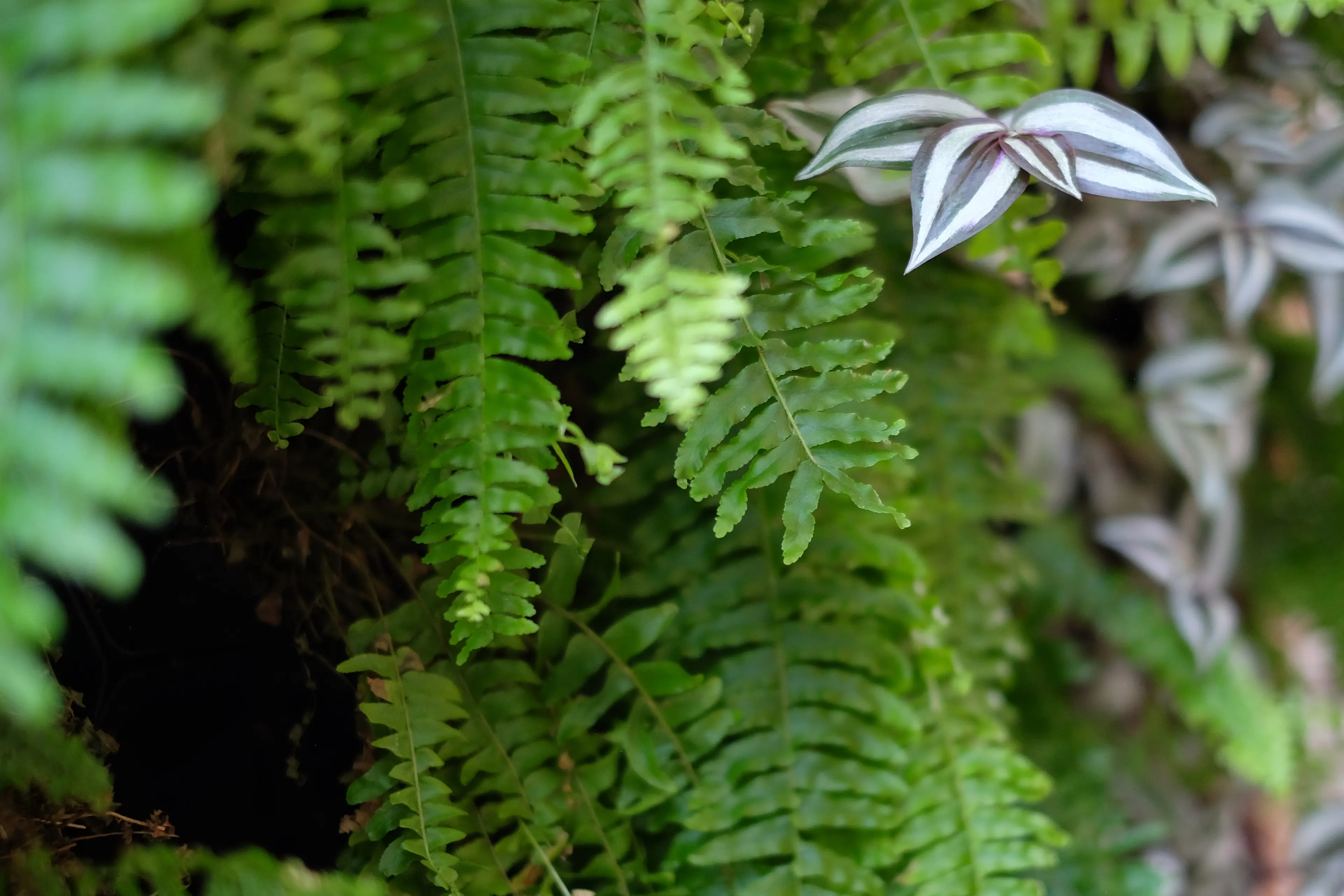
The Bagworm Menace

As an Arborist here at Green View, my day-to-day responsibilities revolve around safeguarding the integrity of our landscapes and preserving the beauty of our trees. One particular challenge that I regularly face, which often goes unnoticed until the damage has been done, is the havoc wreaked by bagworms.
Bagworms, scientifically referred to as Thyridopteryx ephemeraeformis, are native to Illinois and are well-known for their penchant for evergreens. However, they're no finicky eaters. They have been documented to consume over 130 different species of trees. A threat as significant as this warrants keen attention and understanding, which is why I believe it's crucial to spread the word about these master hiders.
Decoding the Bagworm Lifecycle
Before we discuss the problems they cause, it's essential to understand the lifecycle of these camouflaged caterpillars. Every spring, the eggs that the female bagworms have meticulously secured in their cocoon-like bags begin to hatch, releasing scores of tiny larvae into the environment. Each larva then embarks on a dual mission - to feed and to create its own protective bag.
As they feed, the larvae ingeniously camouflage their bags with bits and pieces of leaves and twigs from their host tree. This camouflage not only serves as a protective shield but also makes these larvae challenging to spot. Once they reach maturity, the larvae pupate, transforming within their bags, after which they emerge as adult moths. Interestingly, only the males take flight, leaving their bags in search of bags containing females for mating. In contrast, female bagworms remain in their bags for their entire lives.
Assessing the Damage Caused by Bagworms
Bagworms, despite their small size and innocuous appearance, can trigger an alarming amount of damage to trees. Their primary mode of destruction is through defoliation, where they feast voraciously on the tree leaves, resulting in noticeable browning and dieback. This damage is not just an eyesore; it significantly affects the tree's overall health and vitality, increasing its susceptibility to diseases and infestations by other pests.
Over time, unchecked bagworm infestations can lead to extensive defoliation, potentially killing the tree. With their wide-ranging appetite that encompasses numerous species of trees, bagworms can cause widespread damage to various green spaces across Illinois, if left unchecked.
Spotting and Controlling Bagworms: Strategies and Techniques
Despite their ingenious camouflage, bagworms can be detected if you know what to look for. Their distinctive 1.5-2 inch long spindle-shaped bags are the key. Hanging from the tree branches, these bags may initially appear as natural appendages or odd ornaments, but closer inspection reveals their true identity.
If you only spot a few bagworms, manually removing them from the tree might be a feasible control measure. However, for larger infestations, using a targeted insecticide or opting for biological control measures is often necessary.
Insecticides offer an effective method for bagworm control but should be applied with care and timing in mind. The late spring or early summer months are best, as this is when the larvae have just hatched and are most vulnerable. Always ensure that you adhere to all safety instructions when using pesticides to protect both you and the environment.
Biological control measures offer a more natural alternative for bagworm control. Bacillus thuringiensis (Bt), a bacterium, has been proven highly effective against caterpillar pests, including bagworms. It poses no harm to humans, pets, or other non-target species, making it an environmentally friendly option. Like insecticides, Bt is most effective when bagworm larvae are small and actively feeding, so timing is critical.
Proactive Measures: The Best Defense is a Good Offense
Ultimately, the best strategy against bagworms is a proactive one. Regular inspections of your trees, especially during the late spring and early summer months, can help spot any early signs of these pests. Keep your trees healthy and as stress-free as possible, as stressed trees tend to be more susceptible to bagworm infestations.
If your trees do become infested, immediate action is crucial to limit the damage and prevent the bagworms from spreading to other trees. This might involve pruning infested branches, implementing biological controls, or in severe cases, using approved insecticides.
As an Arborist, it's my responsibility to ensure that our trees remain healthy and flourishing. This entails not just regular care but also vigilant monitoring for potential threats such as bagworms. By joining hands and working together, we can increase awareness and implement effective strategies to protect Illinois's beautiful green spaces from these disguised invaders.
Should you need assistance identifying or dealing with a bagworm infestation, remember that help is just a phone call away, contact our Peoria, IL, Bloomington, IL, Champaign, IL, or our Springfield, IL branch. We are committed to providing the support you need to ensure your trees continue to grow strong and healthy.
Until our next blog post, stay curious, keep those trees healthy, and remember: the best defense is a good offense!
Jon Nelson